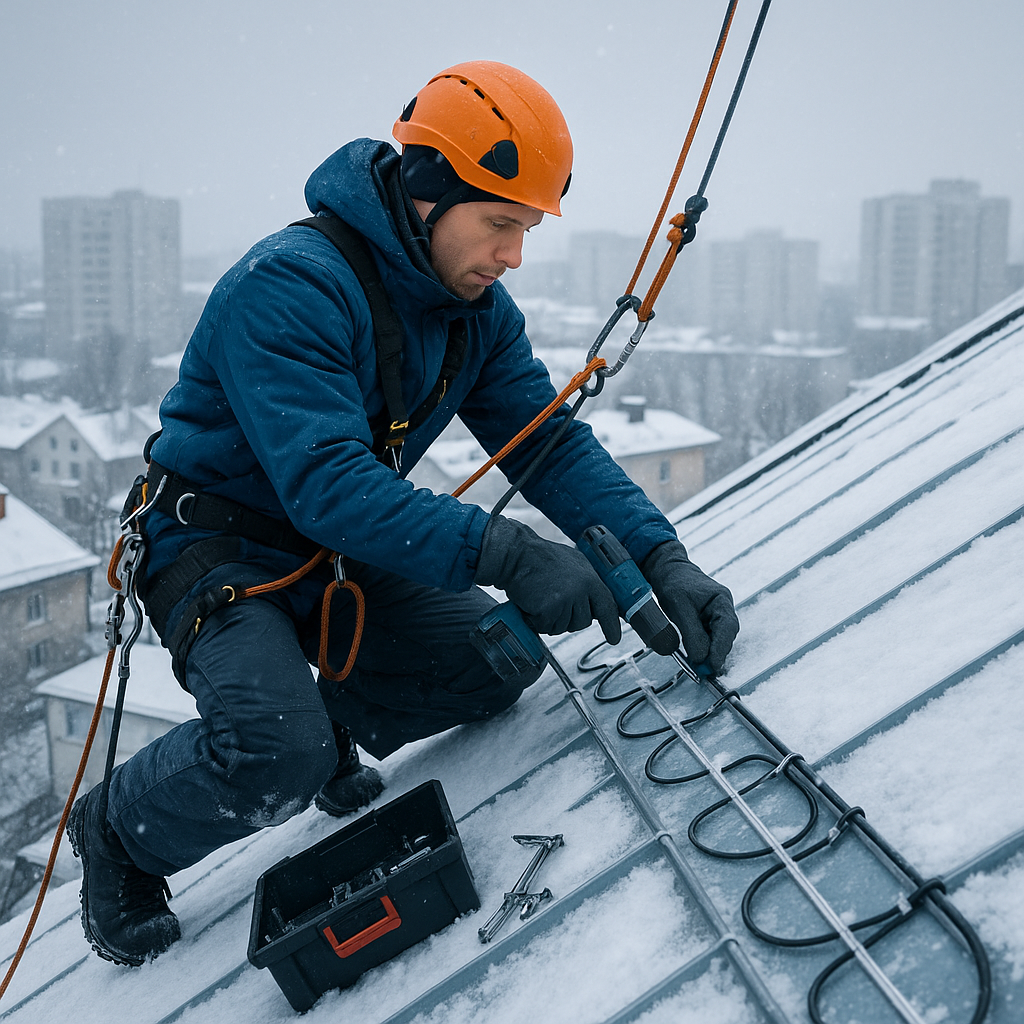How climbers lift large-format porcelain stoneware and tiles: features of technology and equipment

How climbers lift large-format porcelain stoneware and tiles: features of technology and equipment
Climbing porcelain stoneware is in demand by climbers at sites where standard transportation methods are not suitable due to the complex geometry of the building, limited space in courtyards, lack of lifting equipment, or the need to perform work without affecting the facade. Large-format tiles are heavy, bulky, and highly fragile, so it is important to lift them to height without damage and with precise load control. When large-format tiles need to be delivered to height in dense urban areas or on sites with limited access, high-altitude technology becomes the only possible solution.
Features of large-format tiles and their transportation
Lifting large-format tiles requires careful calculation of balance, proper fastening, and surface protection, as the material is sensitive to point loads. Large-format slabs have high internal stress, which makes them vulnerable to deformation and sudden changes in position. Therefore, in order to lift porcelain stoneware to the floor without risk, it is necessary to take into account its thickness, brand, structure, and possible bending areas. Standard lifts often create vibration loads that can lead to microcracks. Industrial climbers transport porcelain stoneware to heights manually using a smooth trajectory, which reduces the risk of damage.
The main equipment used by high-altitude workers:
- reinforced straps for securing large-format slabs;
- slings with soft protective inserts;
- vacuum carriers for holding smooth slabs;
- rigid and semi-rigid grippers for shape control;
- soft pads and corner protection elements.
This equipment set allows you to safely lift large-format tiles and protect the edges from chipping.
When high-altitude workers are required
Working with large slabs is complicated by site constraints, so the involvement of an industrial climber allows tasks to be performed that are inaccessible to ground-based equipment.
Typical situations where climbers are indispensable:
- the need to lift tiles to a height in the absence of access roads;
- work in inner courtyards or atriums where equipment cannot be brought in;
- lifting slabs to the floor during facade renovation without dismantling structures.
In these conditions, climbing up the porcelain stoneware ensures precision, safety, and reduced work time. Specialists control the position of the load, the trajectory of movement, and the tension of the slings, eliminating impact loads on the material.
Lifting technology and safety measures
Before lifting large-format tiles, the lifting trajectory is analyzed, the load on the attachment points is calculated, and the fastening elements are selected. The material is secured to slings or grips in such a way as to prevent deformation. When transporting porcelain stoneware to a height, it is important to control the angle of inclination of the slab and the speed of movement. Climbers coordinate their movements with each other using a system of commands, which ensures synchronized work. In the event of gusts of wind or changing conditions, specialists adjust the lifting route. Safety systems prevent the load from falling, and double fastening protects the tiles from swaying.
Measures are also taken to protect the facade and window units, which is particularly important when lifting large-format slabs on buildings undergoing renovation or in use. Soft spacers and additional shock-absorbing elements are used to minimize the risk of contact with surfaces.
The use of industrial climbing to lift large-format tiles ensures precision, safety, and preservation of the material. Climbers use equipment adapted to the weight and size of the tiles, control the load, and ensure complete protection of the porcelain stoneware at all stages of lifting. This approach makes lifting large-format tiles by climbers the optimal solution for sites with difficult access, in confined spaces, and where careful delivery of large-format tiles to a height without risk of damage is required.
Interesting articles:
How climbers quickly and safely repair roof leaks in winter
Advantages of using climbers to install anti-icing systems on complex and hard-to-reach roofs
